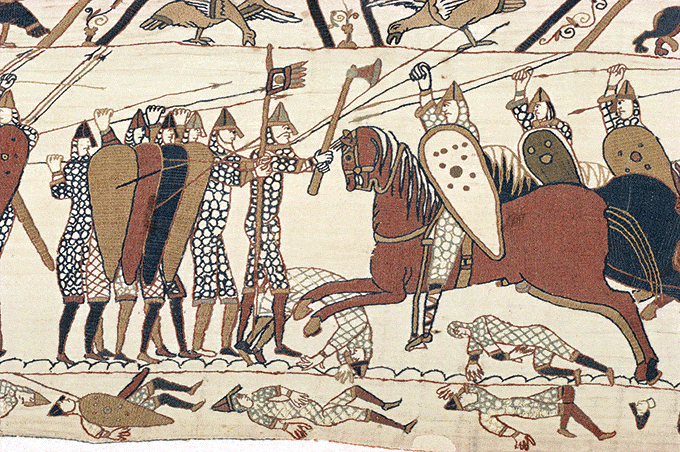What makes a battle historically consequential? Not the brilliance of the victory, as history is replete with lopsided victories whose impact was minimal. What makes a battle historically decisive are the stakes and the impact. Not just a trouncing of the opponent on the field, but the long term effects of the outcome in shaping subsequent history.
Following are ten battles and military engagements that shaped history, culminating with the single most consequential battle in human history.
The Atomic Bombing of Japan Shapes Geopolitics to This Day
By 1945, WW2 had gone catastrophically wrong for Japan. The first six months had been wildly successful, as Japanese forces seized the Philippines, Malaya, Singapore, Burma, Hong Kong, and the Dutch East Indies, among other conquests. The tide turned however in June of 1942 with a devastating defeat at the Battle of Midway, after which things steadily went downhill.
By the summer of 1945, Japan was in bad shape. Her navy was sunk, her empire was steadily shrinking, the home islands were under a blockade that threatened to starve the populace, and her cities were being turned to ashes by heavy bomber raids. Against that backdrop, the Allies issued the Potsdam Declaration on July 26th, 1945, demanding that Japan surrender unconditionally, or face “prompt and utter destruction“. It was no idle threat, for America had successfully tested an atomic bomb ten days earlier.
Japan’s prime minister eventually responded at a press conference that the ultimatum had been received, and was being given serious consideration. Unfortunately, he used a Japanese term that could also mean that Japan “contemptuously ignores” the ultimatum, and that was the translation that landed on President Harry Truman’s desk.

Accordingly, early in the morning of August 6th, 1945, a B-29 named the Enola Gay took off from Tinian Island in the Marianas, carrying an atomic bomb with the destructive power of 12,500 tons of TNT. The device, called “Little Boy”, was dropped over the Japanese of Hiroshima, and the ensuing explosion killed at least 70,000 people, mostly civilians.
Three days later, another B-29, named Bockscar, took off with an even more powerful bomb, with the destructive power of 21,000 tons of TNT. That device, called “Fat Man”, was intended for the Japanese city of Kokura, but cloud cover saved that city. Bockscar was rerouted to a secondary target, the city of Nagasaki, where an atomic explosion killed between 60,000-80,000 people, mostly civilians.
The twin atomic blasts ended the Japanese government’s intransigence, and on August 15th, Emperor Hirohito addressed the Empire over the radio, announcing Japan’s surrender. To date, the atomic bombing of Japan remains the only use of nuclear weapons in the history of warfare. Nonetheless, the shadows of the mushroom clouds over Hiroshima and Nagasaki have loomed over and influenced every major military and geopolitical policy since then.

